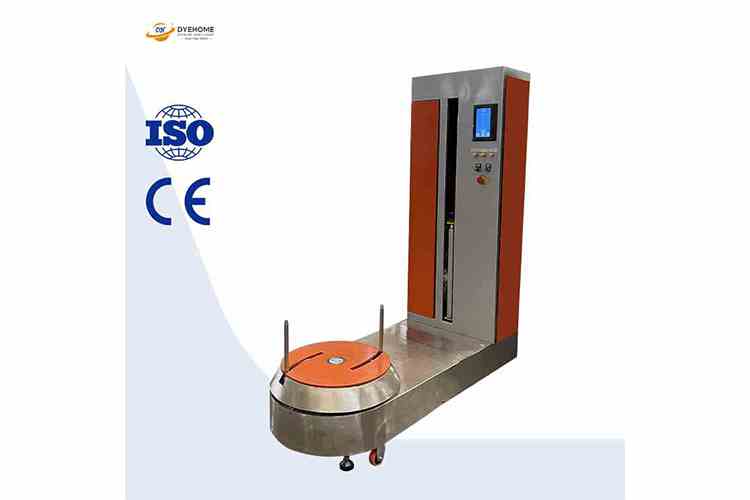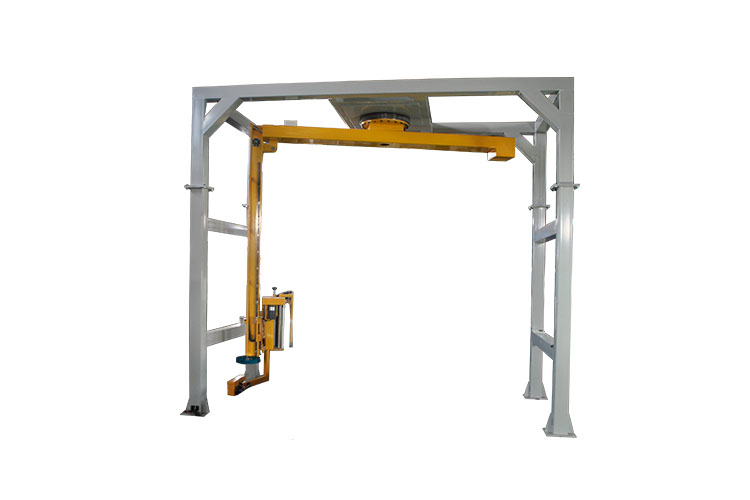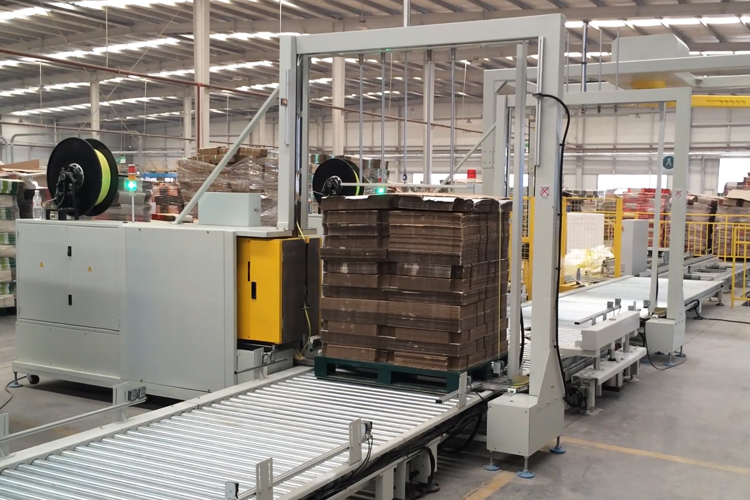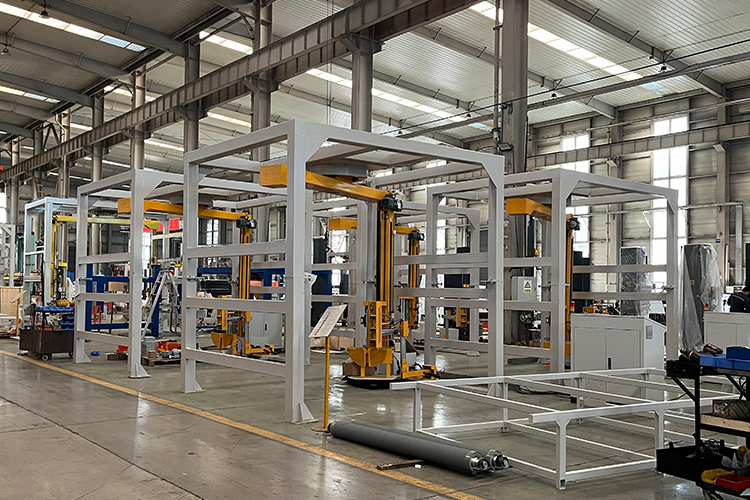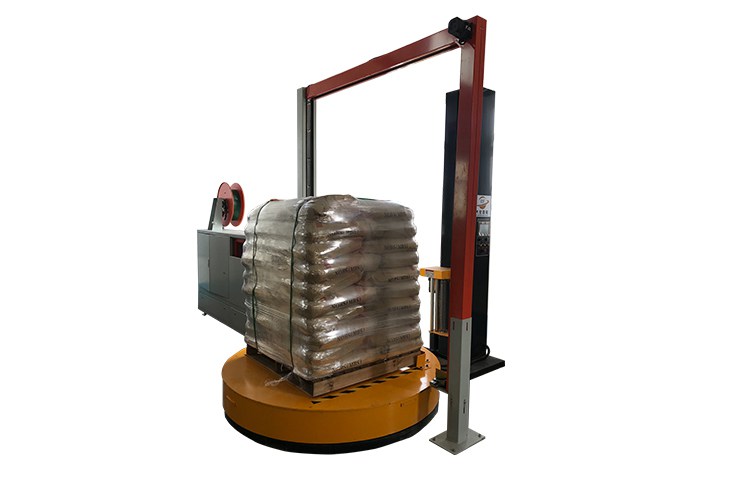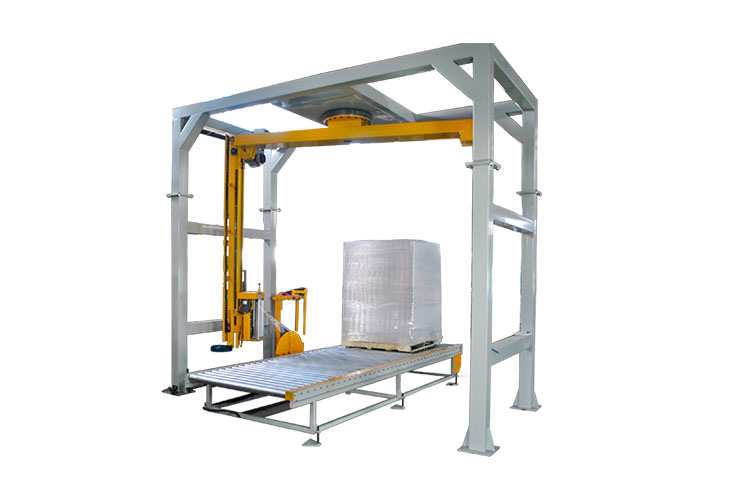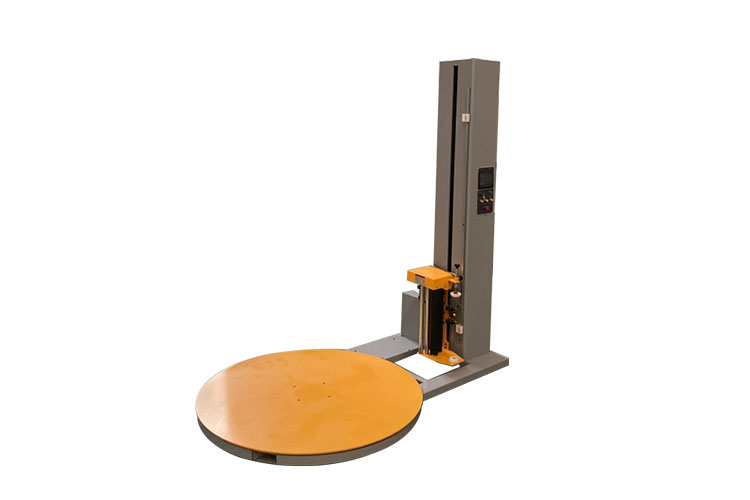Automatic Stretch Film Wrapping Machine: How to Increase Packaging Efficiency by Over 30%
Date: 2025-08-15Id:345Views:
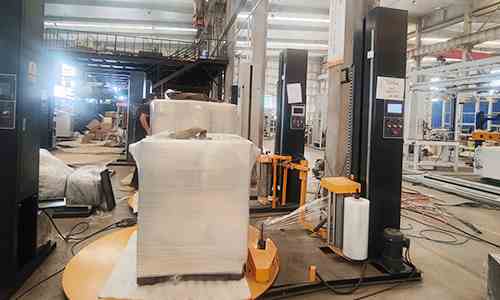
The Packaging Revolution Brings Film Pre-Stretching Technology
In industries such as logistics, e-commerce warehousing, food and beverage, and chemical and building materials, palletized packaging is gradually shifting from manual to fully automated. Automatic stretch film wrapping machines, with their pre-stretching technology, not only significantly reduce film usage but also ensure package tightness and consistent appearance, helping companies achieve both cost reduction and efficiency improvements. For companies striving for high cycle times, standardization, and stability, this type of equipment has become a core component of the packaging process. Equipment Principle and Core Features
The automatic stretch film wrapping machine utilizes a PLC control system and a motor-driven film frame to pre-stretch the film to a set ratio before evenly wrapping the product. This ensures a stable grip during the film's retraction process. The pre-stretch ratio is typically adjustable between 150% and 300%, reducing film consumption while ensuring film adhesion. The machine is available in turntable, swing-arm, or in-line configurations, allowing for flexible configuration based on site and production line requirements. Some models feature automatic film loading, cutting, and smoothing mechanisms, as well as bottom reinforcement, top corner wrapping, and reinforcement straps to meet the stability requirements of various products. Furthermore, the film frame typically utilizes a dual-chain mechanism with variable frequency speed control to ensure uniform film tension and consistent wrapping layers.
Applicable Industries and Application Value
The automatic stretch film wrapping machine is widely used in industries such as food and beverage, papermaking, electronics, chemicals, building materials, and glass products, and is particularly well-suited for high-volume shipments. Compared to manual wrapping, this equipment significantly reduces single-pallet packaging time, reduces labor, and reduces packaging variability through standardized operations. The consumables savings brought about by pre-stretching technology are particularly significant in long-term operations, directly reducing overall packaging costs.
Case Study: Cycle Optimization for a Food Company
A large food processing company experienced frequent shipments during peak season, and manual film wrapping could not meet the daily outbound delivery schedule. After introducing a fully automatic stretch wrapping machine, the packaging time per pallet was reduced from 2 minutes to 45 seconds, and film consumption was reduced by approximately 18%. By setting a three-turn bottom reinforcement and a 50mm top corner extension, the machine effectively prevented loose packaging and film damage during transportation. The equipment is integrated with conveyor lines and stackers to form a fully automated packaging unit, improving overall outbound delivery efficiency by nearly 30%.
Conclusion and Selection Recommendations
When selecting an automatic stretch wrapping machine, companies should focus on production line cycle time, cargo size and weight, adjustable pre-stretching ratio, and automated features. They should also consider consumables costs, labor savings, and long-term maintenance costs. A well-chosen model not only improves efficiency in the short term but also significantly reduces packaging costs in the long term, enhancing the company's overall competitiveness in logistics.
Related


